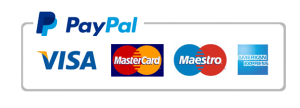Patho Heart Disease
Patho Heart Disease
Module 10 Discussion – Heart Disease
Directions:
Heart disease remains one of the top causes of mortality in the Unites States. Consider the various types of heart disease covered in class this week. For your discussion, complete these items:
· The etiology of the selected heart disease
· Non-modifiable factors
Use at least one scholarly source to support your findings. Examples of scholarly sources include academic journals, textbooks, reference texts, and CINAHL nursing guides. Be sure to cite your sources in-text and on a References page using APA format.
Write from a nursing perspective
No consideration for plagiarism
Two-three reference
In-Text Citation
DUE 03/06/2022

